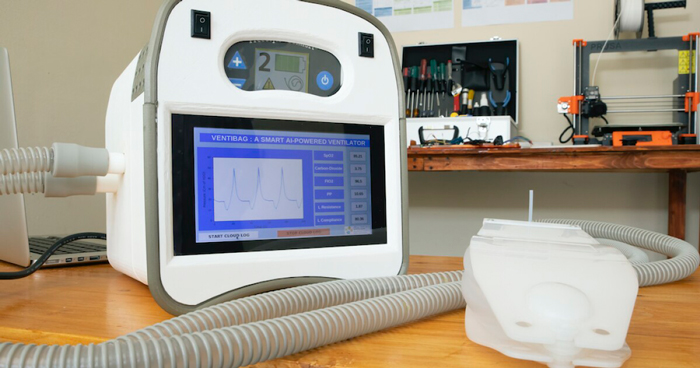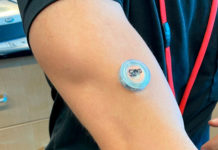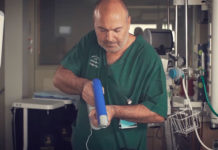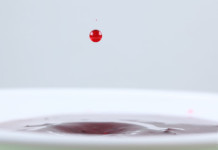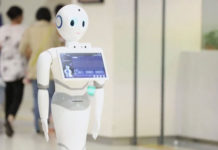In the context of the global coronavirus pandemic, there is an acute shortage of mechanical lung ventilation devices (LVD) in medical institutions. In addition, the use of modern mechanical ventilation requires the presence of patients in a medical institution, which contributes to the further spread of infection. Meanwhile, it is possible to regulate the supply of oxygen to the lungs at home, without the need to transport the patient and involve highly qualified medical workers.
Scientists at King Abdullah University of Science and Technology in Saudi Arabia (KAUST) Adnan Qamar and Ahad Syed have developed a prototype of an individual ventilator that extracts oxygen from the air and does not need to be connected to a hospital oxygen supply system. The work on the creation of an apparatus called the Ventibag was carried out at the height of the COVID-19 pandemic, in Qamar’s garage, when the university’s laboratories were closed due to the quarantine.
The mobile respirator is designed to support patients with lung diseases. Oxygen ventilator Ventibag works by extracting oxygen from the air and delivering it to the patient in a concentration that ensures normal life.
The main advantages of the Ventibag are its compact size and an intelligent control system based on artificial intelligence that allows real-time monitoring of the patient’s physiological parameters.
The extraction of oxygen from the air is based on the technology already used by airlines and industrial plants. The air is filtered through natural zeolite material, which is capable of separating nitrogen and other gases. As a result, oxygen with a concentration of 95-96% is obtained at the outlet of the apparatus.
The artificial intelligence of Ventibag is based on two deep neural networks (DNN), one of which provides analysis of data coming from sensors attached to the patient, and the other controls the settings of the equipment. Ventibag won the KAUST COVID-19 Innovation Challenge. At present, the inventors are working to provide a system for the safe operation of the device.

